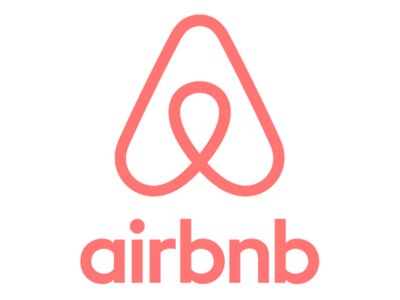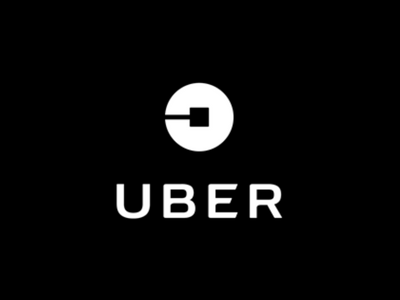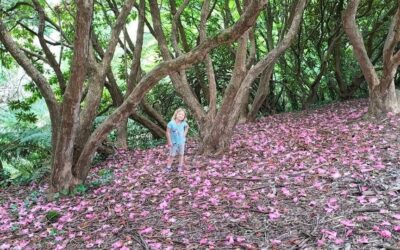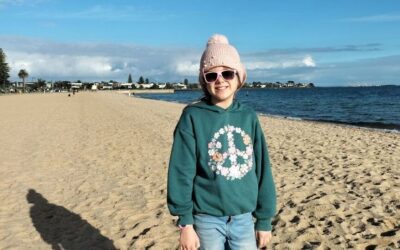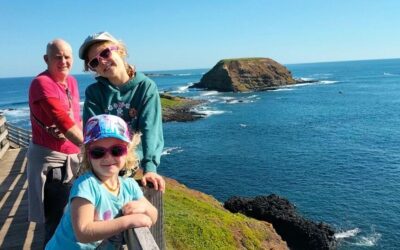Our worldschooling adventure began in February 2017 and continues to this day. We left New Zealand on a 1-way ticket. We were burnt out and had no plan except that ‘plan B’ was about to begin.
For us, starting a slow travel/world school adventure was partly out of necessity as we had taken a big financial hit. We needed to live in countries with a lower cost of living than New Zealand. This would buy us a lot more time to follow our desire to stay out of the “rat race”, and spend more time together as a family. As well, we were drawn to having more adventure and less stuff.
[See our 10-part YouTube series about downsizing our life!].
We already considered ourselves as an unschooling family and we had one daughter at the time, who had just turned three. ‘World schooling’ and ‘location independence’ were concepts that were only just making their first appearance in our lives.
Probably a year into our adventure as worldschoolers and slow travelers we knew that this would be a very long-term thing for us. Maybe it will even be “indefinite”, as long as it works for everyone in the family.
(This post includes affiliate links for which we may earn a commission at no extra cost to you should you make a purchase)
CONSIDERING YOUR NEXT TRIP?
Check Availability & Latest Prices on Your Preferred Booking Engine
A slow travel, worldschooling family
From the start, ‘slow’ has been the theme for our full-time travel lifestyle. That’s how it’s sustainable for us over the long term. We spent our first three years in Southeast Asia, which is the focus of this reflections-based blog post. [Since March 2020 we have been in Europe].
Basically, we stay in one place as long as the Government allows us to. We try to minimize paperwork, as it can be a little stressful and time-consuming. But in some situations in South East Asia, it was better for us to apply for a visa to stay a little longer.
Sometimes, it’s possible to do a “visa run”. This means you leave a country for a short while, and then return. In some instances, you might be able to leave and come back on the same day. Other countries may require you to stay away for a week, or a few months before returning.
The visa situation in a particular country can be ever-changing, so use official Government websites for information. We also recommend checking with expat communities and other reliable websites, because sometimes government websites can be quite out of date!
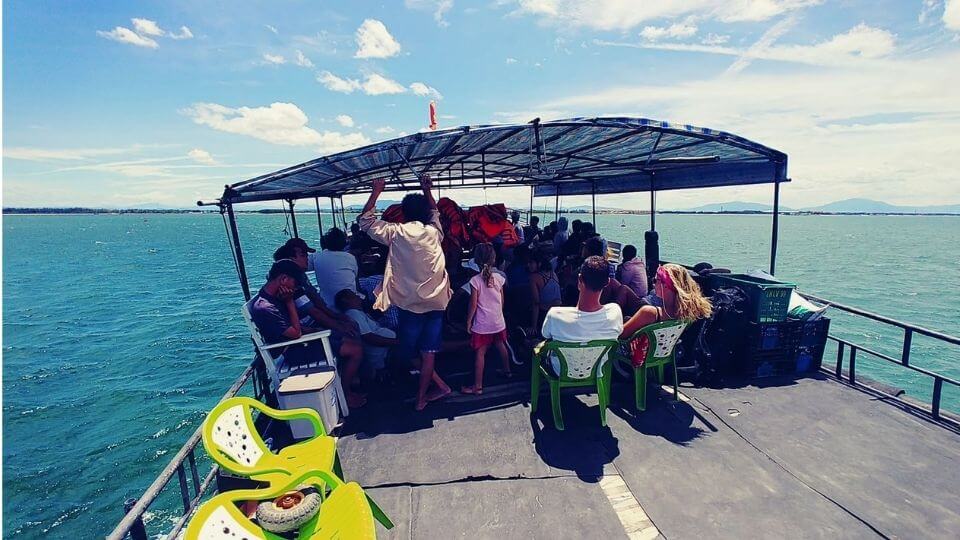
Examples of visa scenarios in different countries
Here are a few examples of what we did for different countries:
- In Malaysia, we can stay “visa-free” for up to three months. We did three visa “runs” for longer than one week (which became a ‘rule’ while we were there). When we returned after our third visa run we had a two-hour ordeal where we were not sure we’d be let back into the country. We were politely told that it appeared we were living there, and next time we should stay away for a while. Six months should do it! We didn’t return to Malaysia for some time, and the next time we did, we just did one three-month stint:-)
- In Indonesia, we can only stay for one month. We wanted to stay longer, so we applied for the 6-month social visa. We did this from Malaysia. After the first month, we visited immigration with an agent (to make the extension process much easier). Each month after that, an agent came to our house, took our passports for a day, and then brought them back with the necessary stamps
- For Thailand, we can usually only stay for one month visa-free. Instead, we applied for a two-month visa, which we then extended for an additional month while we were there.
- We obtained an online visa for Cambodia for a short visit. It was really easy and we got the visa the same day we applied, or very soon after, from memory.
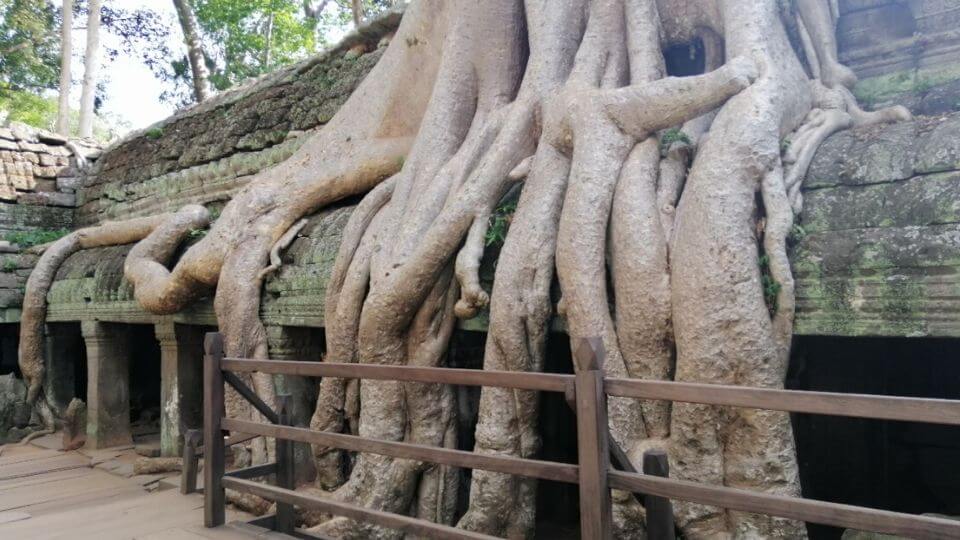
Our South East Asia Slow Travel Itinerary
We never had a real “itinerary”. Instead, we focused on one destination at a time. Sometimes we’d think ahead a few months, or maybe even further into the future. Usually, we made bookings somewhere between a week and a month before we headed to our new destination.
CONSIDERING YOUR NEXT TRIP?
Check Availability & Latest Prices on Your Preferred Booking Engine
In SouthEast Asia we spent:
- Over a year in Malaysia. Our destinations were Penang (still our longest to date, at 10 months), Kuala Lumpur, Johor Bahru (For Legoland, of course!), and a short trip to the Cameron Highlands.
- Six months house sitting in Canggu, Bali. Yes, families can get house sits!
- Six months in Hoi An, Vietnam, after a 10-day stay in Da Nang. We arrived there when Romy was just two months old!
- Four months back in NZ to welcome Romy. Without our own ‘home’, she was born in Nannie’s lounge in Gisborne ??)
- Two months in Koh Lanta and Krabi, Thailand, and 2 months in Chiang Mai (with house sits in each)
- Two months in the Philippines (Cebu City for 10 days, and then Bohol island)
- Almost two months in Singapore across three visits. Singapore is somewhat out of our budget, but we were lucky to either stay with, or house sit for my sister when we were there.
- Almost four weeks in Luang Prabang, Laos, 10 days in Sumatra, one week in Siem Reap, Cambodia, and a few nights in an eco-lodge near Hat Yai in Thailand…
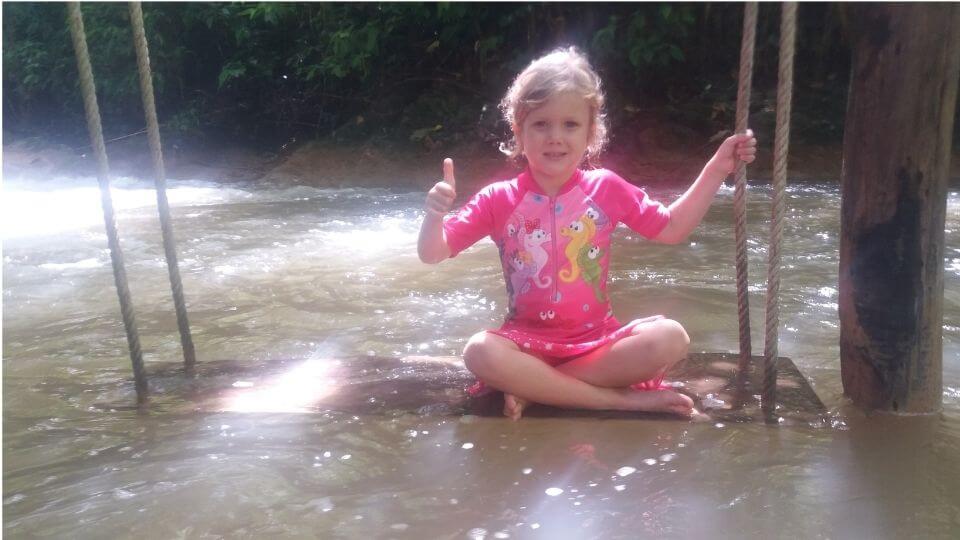
World school family travel experiences in South East Asia
We plunged a lot of drains and toilets. We survived transportation options that are unheard of in more developed countries. And we enjoyed endless local food options such as spring rolls, mangoes, coconuts and bowls of rice.
There were many tantrums, but we would have had those at home too.
We love our lifestyle. It costs less than living in New Zealand, at least the way we have been doing it so far. We do plan to increase our budget in the future.
Yes kids can travel too.
Reflections of people and community in South East Asia
One of the things we loved most about traveling around Southeast Asia is the strong sense of community.
We felt safe everywhere we went and doors were always open for smiles and friendly conversations. In the Philippines, we stayed at two local community housing areas. We also stayed in one in Chiang Mai.
In other places, we stayed in condos. Some of those were good places to feel like part of the community. We’d meet others at the condo pool or gym. The small lane we lived down in Hoi An, Vietnam was also wonderful for feeling like we were part of the community. Generally, the smaller or less developed places were the best places to find a “village”.
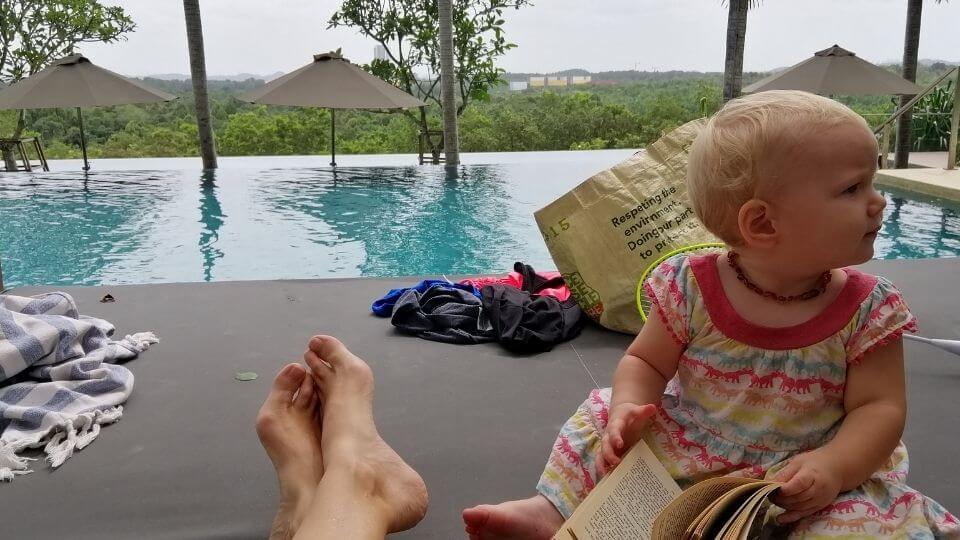
Community living on Bohol, Philippines
In the Philippines community we lived in, Ayla was barely at home. She spent most of her time wandering in and out of friends’ houses in the neighborhood. Unlike many parts of Asia, the streets were quiet and the traffic was slow. So the kids played in the streets most days. It was also one of the few places in Asia that she was able to ride her scooter endlessly up and down the streets. (Many places we went didn’t have pavements, and the traffic was just too busy).
The community in Bohol, Philippines felt a bit like the street I lived in during my childhood in Gisborne. Our door was open all day long and kids walked in to help me entertain the baby ?❤️. We never really managed to find that in the two areas we lived in Christchurch, New Zealand. And we did try the friendly neighbour knocking-on-doors-thing once or twice??.
‘They’ say it takes a village to raise kids. And in Southeast Asia it was pretty easy to find that village. Children are welcomed everywhere, at all hours. This included all restaurants that we visited during our time there.
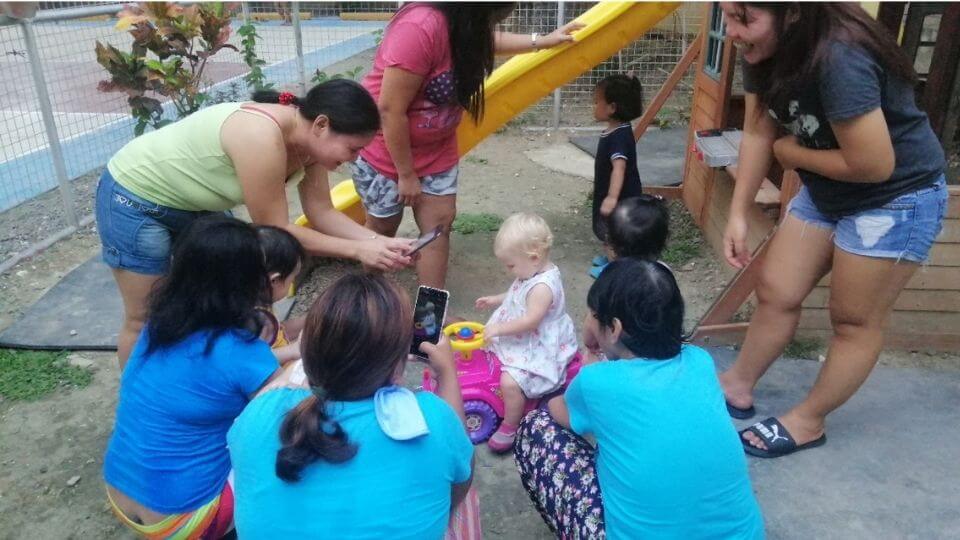
The “best of” slow travel around South East Asia
Because we travel slow, we’ve seen only a small snippet of what South East Asia has to offer. We can only comment on places we have been and share how it was for us. For us, it’s not necessarily about a “bucket list”, or about seeing as many places as we can.
The slow travel movement is about taking time to really get to know a place and its people. For us, it’s important that we live our lives to the fullest, without rushing from place to place. With young children, we enjoy being able to spread our local sightseeing out, often over several months.
We have been working on our travels and living outside of tourist areas during our worldschooling adventures. This list is purely ‘our’ opinion and is based on short-term ‘living’ as opposed to holidaying. It is written by Elly so Colin’s views may differ slightly. However, we’re ‘on the same page’ when it comes to a lot of these things.
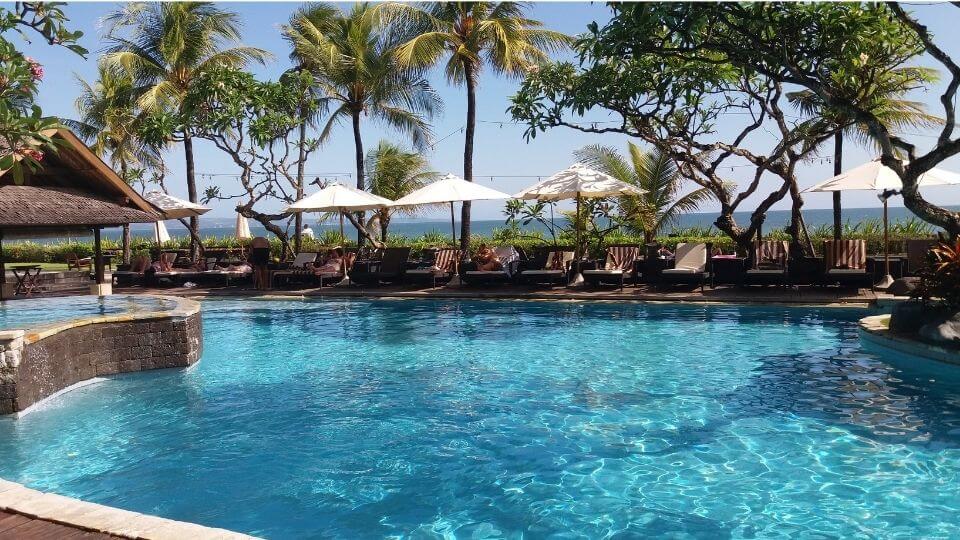
The “best of” in South East Asia for our worldschooling family
- Best beaches: Philippines. Also noteworthy: Hoi An (Vietnam) and Krabi (Thailand)
- Best sunsets: Bohol (Philippines) and Bali
- Best places to meet other world schoolers: Hoi An (Vietnam), Bali, and Kuala Lumpur (Malaysia)
- Best homeschooling community: Kuala Lumpur (Malaysia)
- Best range of accessible hiking trails: Malaysia
- Best biking-friendly place: Hoi An (Vietnam).
- Best places for plant-based food choices, especially vegetarian and vegan: Hoi An (Vietnam) and Bali. Also noteworthy: Thailand, especially if you like spicy
- Best outdoor parks and playgrounds: Singapore
- Best example of East meets West: Chiang Mai (Thailand) and Penang (Malaysia)
- Best all-round place that offered us an affordable and comfortable place to live, work and function well as a family. It had a great mix of local living and Western fixes when needed… MALAYSIA!
Again, to reiterate, we’re talking about slow travel as a worldschooling family on a budget. We’re not talking about holidaying (although all of the above can be great holiday destinations too).
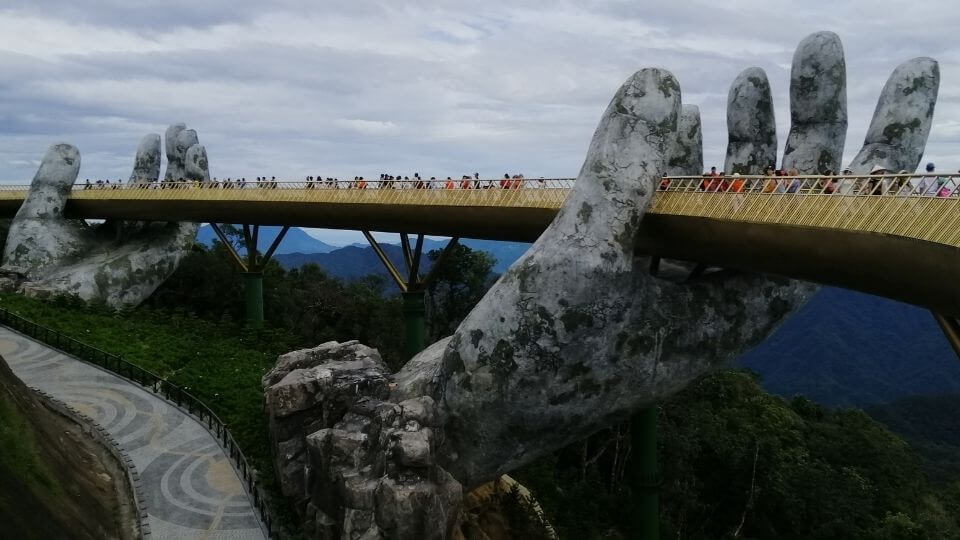
Things we missed during our worldschooling, slow travel lifestyle in South East Asia
We have been asked a few times over recent years about what we miss from home or from a more traditional lifestyle. It hasn’t really been a topic we’ve discussed because we feel like we’ve gained so much as a world school family and that’s what we choose to focus on.
However, we do have a little mini list to share…
Yes we miss friends and family. We’re grateful for modern day video calls and friends and family all around the world.
A few other things we have missed….
- Pavements (or footpaths as we call them in New Zealand)
- Outdoor parks and playgrounds
- Robust plumbing systems
- Some harder to get food items like natural museli, yoghurt, raw nuts, quality bread and other while food items without sugar or other things added. Yes, you can get these more easily in bigger cities of more developed nations in Southeast Asia, or in small communities that cater well for tourists or alternative living. But on the whole it was challenging for us to source them.
That’s about it!
We love our slow travel, nomadic lifestyle. We love the people we meet, the sites we see and the experiences, challenges and learning that come from living in foreign countries.
We rent houses locally or house sit and we are really conscious of getting a nice balance between downtime at home and going out exploring. This is our goal because we want the nomadic lifestyle to be a long term, or an indefinite one for us if it continues to work for the whole family.
Much of the time we can be found at home dancing, working out, listening to online radio stations, making huts, and other such things!
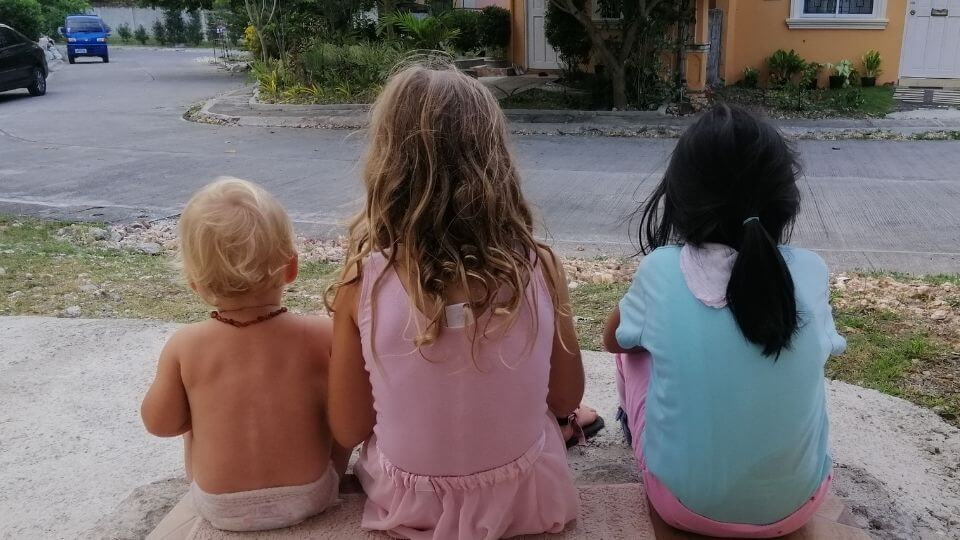
Why we love worldschooling and slow travel
One of the reasons we embarked on our location independent worldschooling lifestyle was to simplify life.
When we became parents, so many layers were added to our life. We found that it was easy to become stressed and overwhelmed.
Step by step, we worked on simplifying and minimizing… and getting “un-busy”. Less scheduling and less on the to-do list allows us to spend more time living life and being present.
Yes, we still experience stress and overwhelm. However, we’re on an intentional path where we think very carefully about the things we do and have in our lives.
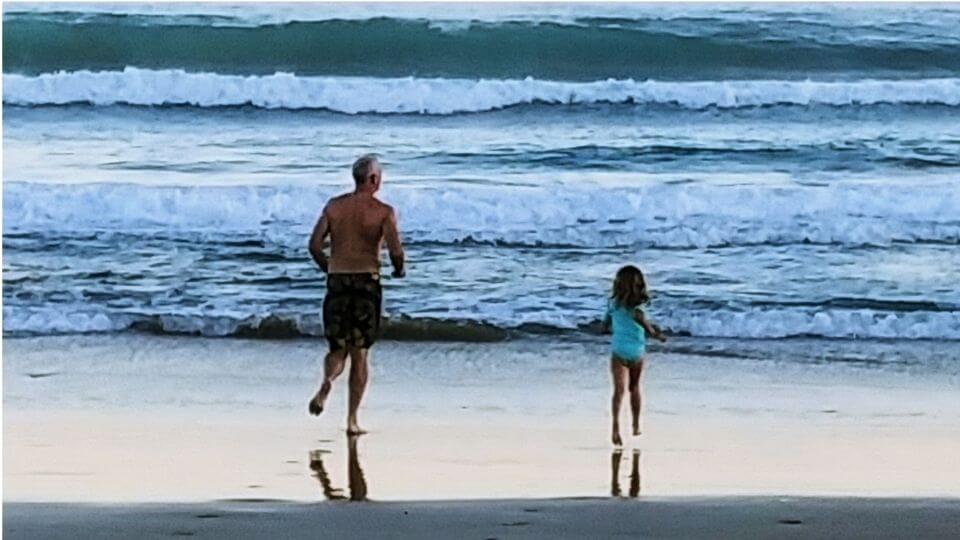
How much does our slow travel lifestyle cost?
We always like to be authentic and transparent about things so maybe it’s time for a brief overview on this (we’ll go into more detail another time!).
At the beginning of our worldschooling journey we thought we would need about 40k NZD per year (about $26k USD). I’d say that’s about bang-on exactly what it cost us to live the way we did in SouthEast Asia.
Let’s talk in USD seeing as many people can relate to that currency.
We spent $500 or less per month on accommodation. This was usually by renting locally. We did use hotels and Airbnb sometimes, which would cost more than renting locally. However, we also did house sits, which are free. So $500 for accommodation is about right.
Food took up the biggest chunk with me (Elly) being a foodie and also a health coach, so quality food is important. We spent approximately $700 on food per month.
We invest around $500 per month into building our businesses
Travel costs – flights, visas, etc were about $200 per month. We averaged one flight about every three months in South East Asia. Honestly, we didn’t always stay up to date with travel insurance, but when we have used it, we’ve used World Nomads.
[Click on the image below to find out more].
And we spent about $200 on entertainment (mostly for Ayla) and other miscellaneous things. For example, house bills, craft supplies, local transport (e.g. Uber), etc.
Worldschooling can cost less than full time living in a developed country!
In total, that added up to USD 2100 per month for our worldschooling lifestyle in South East Asia. It’s very approximate, I’ve just done it off the top of my head but it seems about right. Things fluctuate but this is about the average.
People often wonder how we afford our lifestyle. It would cost us three or four times this amount to live a similar lifestyle back home. We often got our house cleaned once per week by a cleaner. We ate at restaurants every day and we caught taxis when we weren’t walking or biking.
As you can probably tell now, full time travel costs are very different to ‘holiday’ costs.
Some full time world schoolers spend less than us, and some spend more. From what I can tell most people spend less on food than we do and many spend more on activities, especially International schools, which are generally not-at-all cheap.
Many don’t have business costs either. They might have property income or similar, and you can freelance for minimal costs. We’re choosing to invest in our business as part of a long term plan.
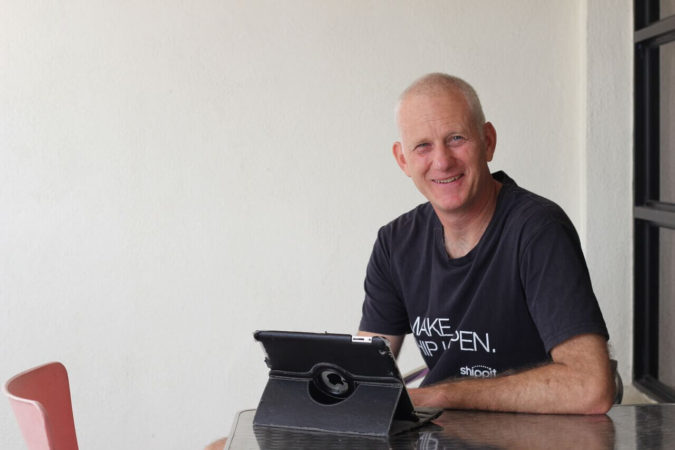
How did we fund our slow travel lifestyle in South East Asia?
The short story is that we had a failed family business which forced us to sell our house and later our rental. We sold our cars and gave away most of our stuff and used what was leftover from the house as a buffer to recover from burnout.
The best thing about the failed business was that we became sure that we wanted to pursue online business, albeit with a much simpler model.
When we left New Zealand on our one-way ticket, Colin started learning and continues to learn everything he can about making friends with Google (SEO). He now offers SEO services. His specific niche is website auditing and content optimization. (Grab yourself a free website audit here).
I evolved from a face to face holistic health and fitness trainer into an online coach. I made myself into a freelance health and fitness writer despite having no writing training. This is a great way to bring in short-term income while our long term income streams build up.
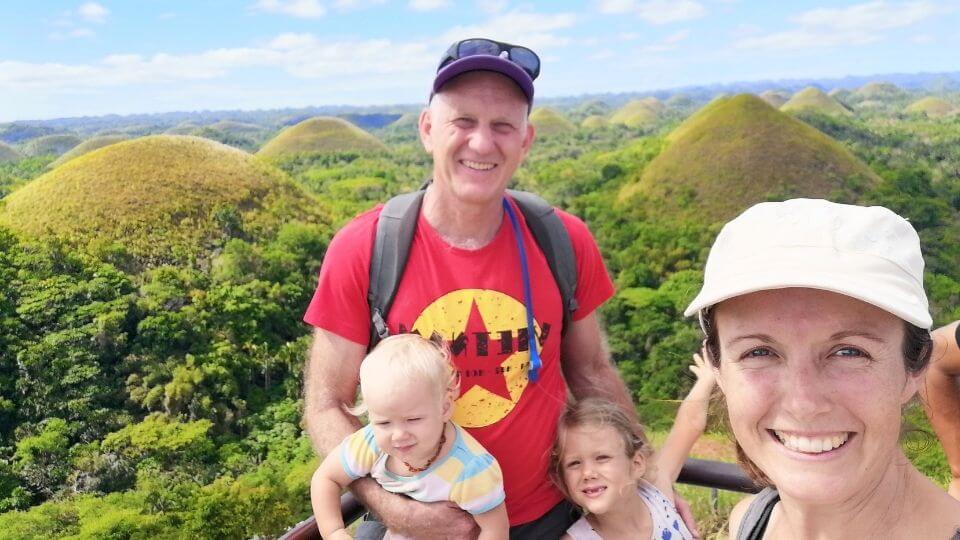
Yes, you can make money from blogging!
Four years ago I wouldn’t have even known you could make money from blogging. My health and fitness blog is slowly growing and our family blog will follow suit. Our primary income model for our blog is affiliate marketing.
This means we don’t have to have our own products or programs (although we may do in the future). Instead, we review other people’s ones and get a commission when we sell one of their products. We always disclose this info and it doesn’t cost the buyer anything. Sometimes the buyer also receives a discount.
Affiliate marketing combined with SEO is our primary long term strategy. By getting monetized posts to page one of Google we put information in front of people who are specifically looking for it. This is a very different strategy to posting on social media.
There are so many ways to make money online, this is just the way we’re doing it.
Differences between traveling with kids and without kids
For us, there seem to be a couple of main differences with our family travel experiences as opposed to how we did it or might do it without kids.
The main difference is that we see fewer things in one go. Usually, we just do one attraction or activity in a day. We intersperse our big days out with big chill days.
For us, it is really important that the whole travel thing is enjoyable and sustainable. It’s currently an indefinite plan for us so it’s very important to go slow and enjoy the journey.
The other main difference from my (Elly’s) perspective is that we go less off the beaten track than we would on our own. If we do go off the beaten track it would be for shorter periods of time with such little kiddos.
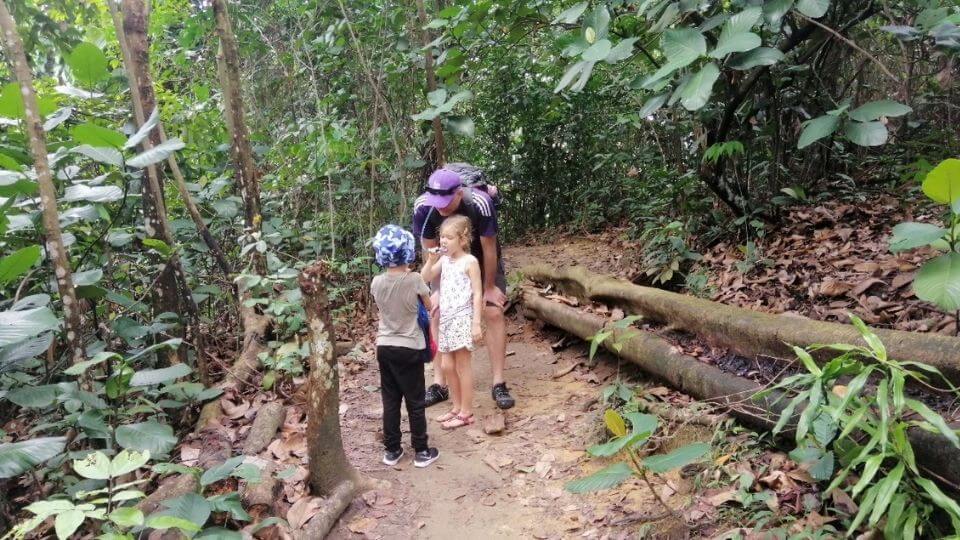
Accommodation as slow travelers in SouthEast Asia
Here’s a little summary of how our accommodation worked out in some of the different places around South East Asia.
We house sat for six months in Bali, three weeks in Chiang Mai, and three weeks in Krabi. We also house sat for friends in New Zealand and Singapore.
In Penang and Johor Bahru (Malaysia), we enjoyed condo living. Condo living in Malaysia (both in Penang and JB) was the best quality of living for us in South East Asia for the most affordable price. You can also get this in KL. (We were house sitting while we were there so didn’t stay in a condo).
As long as you don’t mind sharing, you’ll usually get access to a lovely pool or two, gym, playground, sauna, and sometimes a few other things. We had table tennis and squash in Penang, and a safe rooftop garden on floor 31 in Johor Bahru!
Our accommodation budget (for a fully furnished apartment) is around $500USD per month. Note that we couldn’t get a place with a pool for this price (without sacrificing other requirements such as location) in places like Bali or Hoi An.
In Bohol, Philippines, we lived in a local community. In Hoi An, we had a little two-storey, 2-bedroom house in a local housing area.

Airbnb options versus monthly rentals in South East Asia
Often, we would be able to find local apartments available as monthly rentals in Southeast Asia. We usually booked a week via Airbnb to give us a chance to find something and get a feel for the area. Sometimes, we would look at several places and then end up staying at the Airbnb accommodation for the duration of our stay.
Airbnb rates are negotiable, especially for longer-term stays.. Asking for a discount for a long-term stay often meant we could stay within our $500USD monthly budget.
Remember that Airbnb is an all-inclusive price. Outside Airbnb it can sometimes be hard to get an all-inclusive price. You end up having to pay for water, WiFi, and electricity separately. Sometimes this requires going to the bank or something. Personally, I don’t need any extra ‘jobs’ to do!
[Click on the affiliate image below, to find out more about AirBnb].
Transport as a slow travel, worldschooling family in South East Asia
Here’s a little summary of a few of the transport options we experienced in South East Asia:
- In most places around South East Asia, especially the cities, we generally relied on uber/grab to take us anywhere we didn’t want to walk to
- In Singapore where we mostly traveled by train
- In Bali where we sometimes used local taxis due to their resistance to Grab in many areas. We opted out of scooter riding there, which many foreigners, including families, embrace. We walked a lot too, even though it felt stressful a lot of the time. People also thought we were a bit mad!
- The transport on Bohol was a little different. The most common type of local transport there is the tricycle. It’s basically a motorbike with a sidecar. It wasn’t our preferred option as a family of four but we had to jump in one a few times when there were no other options. We usually sat and waited ages for the local bus to get to the beaches of Panglao.
- We took tuk tuks, and other types of local transport in places like Cambodia and Koh Lanta (Thailand)
- We mostly used bikes in places such as Luang Prabang (Laos) and Hoi An (Vietnam)
- In Krabi, our house sitting owner let us use her car!
- Colin also used the Link BIke service in Penang
Overall, we walked wherever we could. The Grab app was our best friend for places our legs couldn’t take us.
Any questions about worldschooling and slow travel in South East Asia?
There’s so much more we could say about our three years of worldschooling and slow travel in South East Asia! From co-working, to local activities we enjoyed, and worldschooling meetups, it was all an incredible adventure.
We’re very happy to answer any questions that you might have about worldschooling in South East Asia, slow travel, family travel tips, and location-independent living in general!
Please join the conversation and leave a comment below. We’d love to connect with you!
Disclaimer: This article/page contains affiliate links. This means that if you make a purchase after clicking on one of these recommended service provider links, like an insurance broker, or a travel agent, we may earn a commission – at no extra cost to you. [For our full disclosure, please see our DISCLAIMER page).
![Logo-P&P-Red&Yellow [248x83] Logo-Parenting and Passports [Red&Yellow] [248x83]](https://parentingandpassports.com/wp-content/uploads/2023/10/Logo-PP-RedYellow-248x83-PNG.png)
